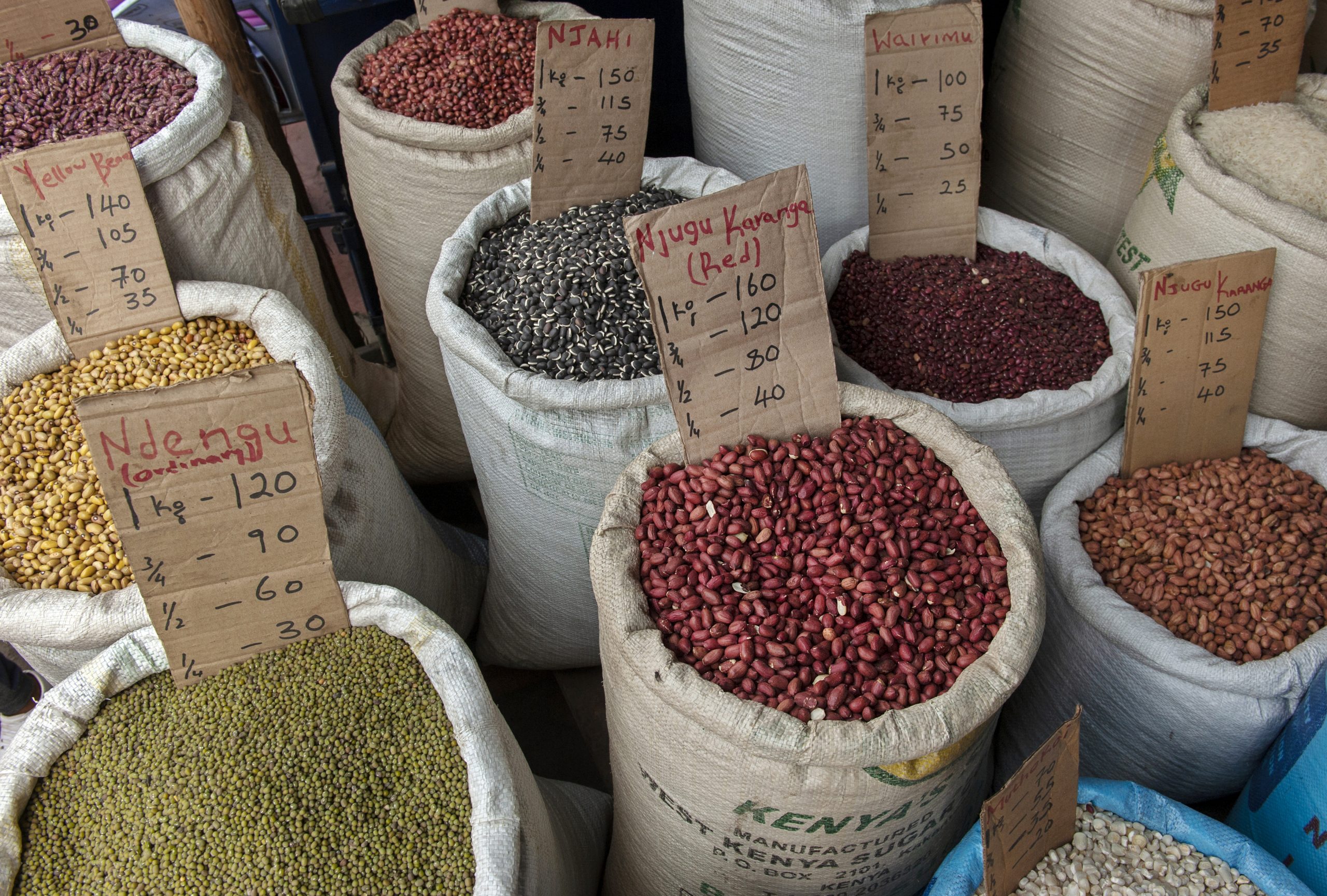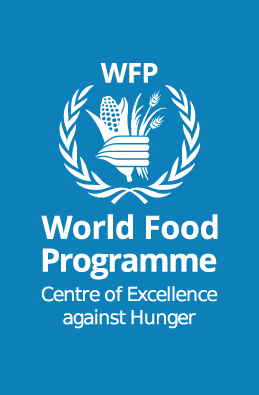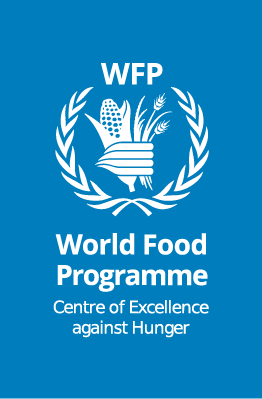
To celebrate World Pulses Day on 10 February, we invited two experts from the WFP Centre of Excellence against Hunger in Brazil to explain the importance of this food genus and how it can be grown. Osiyalle Rodrigues is a nutritionist and Thaynara Dias is an agronomist, both of whom work in the Projects Unit.
Are pulses the same thing as legumes?
Osiyalle: No, they are different food groups. Pulses are made up of a specific group of legumes, characterized by the diversity of grains such as chickpeas, peas, lentils and the various types of beans (black, white, mulatto, carioca, black-eyed peas, fava beans, string beans, among others). Legumes are a larger group, comprising pumpkin, courgette, cucumber, onion, english potato, beetroot and others.
What are the most common pulses in Brazil?
Thaynara: In Brazil, the most consumed pulses are beans (all types), chickpeas, lentils and peanuts, as well as peas, which are less commonly consumed on Brazilian plates. Soya is also a legume of great importance to the Brazilian economy and is also the most consumed in many Asian countries, as well as being a nutritious source for animal feed.
Why are pulses important in our diet?
Osiyalle: According to the Food Guide for the Brazilian Population, pulses are grains that are very rich in protein, fiber, B vitamins, iron, zinc and calcium. These nutrients play a role in the composition of various tissues (skin, nails, muscle, hair, bone system) and in regulating normal intestinal function.
How should we consume them and how regularly?
Osiyalle: It depends on each individual’s eating habits, financial conditions and feasibility of preparation. It is recommended to eat them three to five times a week, but this should not be treated as a rule. Given that beans are the main legume consumed in the country, it’s important to pay attention to the amount of salt and oil when preparing them. Alternatively, the occasional use of salted meats and natural seasonings (carrots, green beans, parsley, coriander, onion, garlic, bay leaves, parsley, pepper, etc.) are excellent for adding flavour to pulses. Avoid ready-made spices.
Can you grow pulses in a vegetable garden?
Thaynara: Yes, they can be grown in home gardens, both in pots and in beds. They can be planted from seeds, which generally germinate well directly in the soil. The best options, considering ease of care, would be beans, chickpeas and peanuts. But another way of planting and consuming that I particularly like are sprouts. Some pulses are excellent for producing sprouts, which can be eaten raw or lightly cooked.
Which pulses can we eat as sprouts?
Thaynara: The most common for sprouting are beans, especially mung beans, as well as chickpeas and peas. They are crunchy and can be eaten raw or lightly cooked. To make sprouts at home, first wash the seeds and soak them in clean water for 8 to 12 hours, then drain the water, spread the seeds out in pots or trays, cover them with a damp cloth or paper and rinse them twice a day. The sprouts start to grow in 3 to 7 days and can be kept in the fridge for up to 5 days.
Does planting pulses require any care? What should the soil be like and how often should it be watered?
Thaynara: The type of soil, irrigation and care will vary according to the type of pulse. But, generally, a soil rich in organic matter and well-nourished is essential. If the soil has a few worms in it, perfect. For irrigation, the soil should never be waterlogged and, to find out how often, you can always use the finger test: put your finger in the soil. If your finger comes out dirty when you take it out, wait a little longer. If your finger comes out free of soil fragments, it’s time to water. And finally, every legume loves the sun! So, make sure you give it plenty of light because it needs at least 5 hours of sunlight a day. Most legumes can be harvested in 60 or 120 days.




